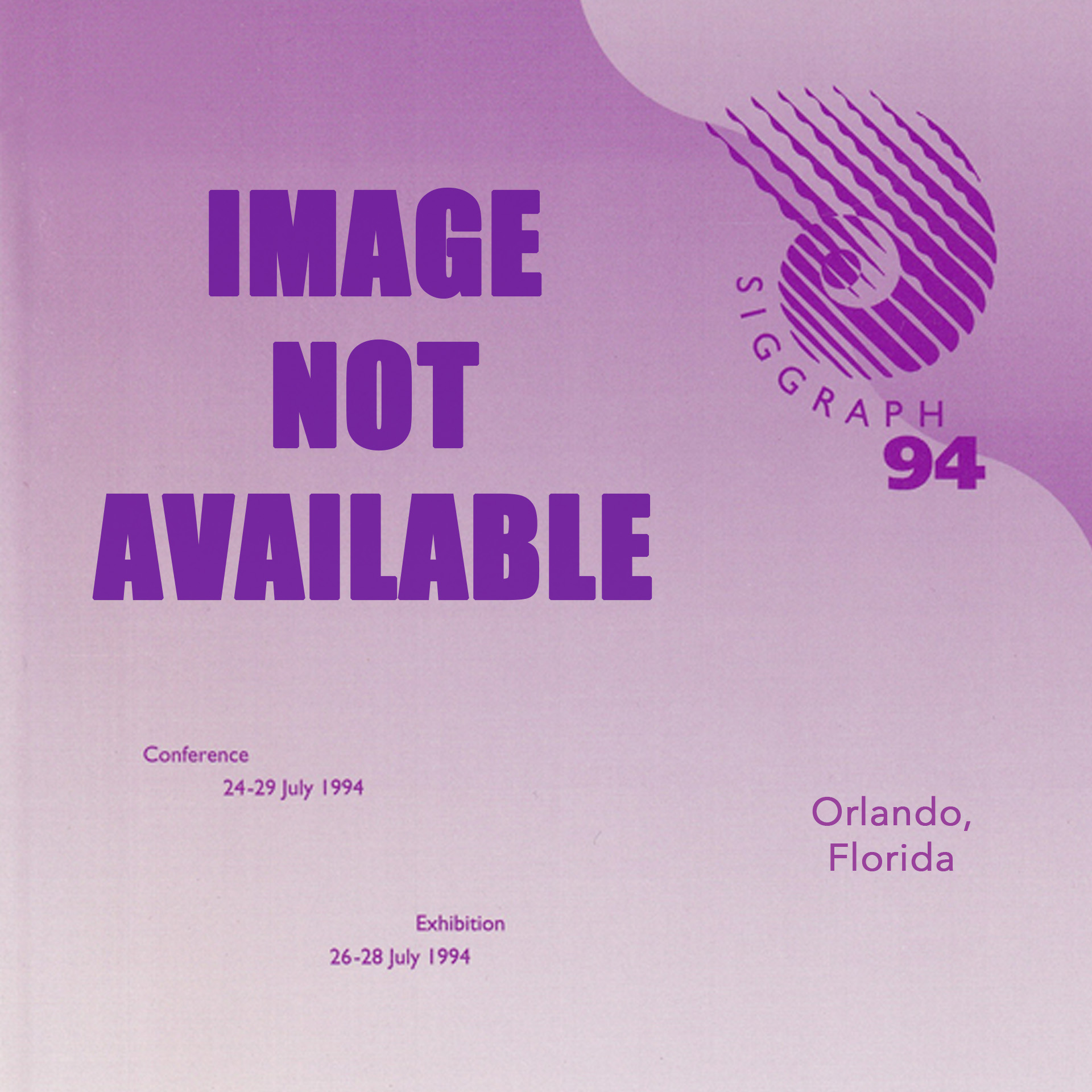“Proyecto Xochicalco: A Networked Virtual Environments System Featuring an Ancient Aztec/Mayan Ball Game Played on the Replicated Virtual Site of Xochicalco, Mexico” by Rivera
Conference:
Experience Type(s):
Entry Number: 14
Title:
- Proyecto Xochicalco: A Networked Virtual Environments System Featuring an Ancient Aztec/Mayan Ball Game Played on the Replicated Virtual Site of Xochicalco, Mexico
Program Title:
- The Edge
Organizer(s)/Presenter(s):
Collaborator(s):
Description:
Proyecto Xochicalco (sho-shee-cal-co) is a sophisticated, networked virtual environments game system that uses the power of this new medium to simultaneously address two application areas: entertainment and education. It enables multiple, simultaneous, networked users to inhabit the accurately reconstructed environment of Xochicalco, the Aztec/Mayan archeological site. Participants play an ancient Aztec/Mayan ball game and interact with a human guide in the virtual environment. While the Aztec/Mayan archeological and artistic content are of particular interest to artists and educators, the entertainment aspects of the game and its leading-edge technology appeal to a wide audience. By enabling several participants to simultaneously explore a rich historical site while taking part in an authentic game from an ancient culture, Proyecto Xochicalco strives to achieve a unique synergy of entertainment and education.
System Configuration
The system utilizes three high-end image generators in three separate locations. One image generator supports two simultaneous users (one visitor and one guide), while the others support one user (visitor) each. Each user is equipped with a stereoscopic head-mounted-display (HMD) with a magnetic tracking sensor and a waist band with another sensor for tracking the position and orientation of the torso. The waist band also includes a force feedback device, which actuates a pulse when a player comes into contact with virtual objects. The guide wears a larger complement of tracking sensors for more complete body position tracking. Each user’s headgear also incorporates a microphone and headphones, which facilitate voice communication and synthesized sounds in the virtual environment. Sounds are spatially localized to accurately simulate the distance and direction, and provide important cues for game play and communication.
Each participant stands in a circular area surrounded by a protective rail. Leaning in any direction within this area causes the participant’s position in the virtual environment to travel in the corresponding direction. Centering oneself in the area stops the motion. The game also uses the direction and orientation of the participant’s torso to determine the reaction of the ball when it comes into contact with a player.
While all the participants simultaneously occupy the same virtual environment, they are, in fact, in physically separate real-world locations. One participant is at a game station at The Edge, the guide and another visitor are at two other stations at SIGGRAPH 94, and a third participant is at a station in the Boston Computer Museum. These stations are networked through the Distributed Interactive Simulation (DIS) protocol used by the Department of Defense.
Participation Scenario
Operation of the system begins with an exhibit staff person putting on the guide’s headgear and tracking sensors. Nearby, another exhibit staff person helps a participant put on another set of equipment. Another player prepares at another game station, and another exhibit staffer gears up in Boston. After they don the equipment, all four participants are situated near each other in the virtual environment so that the guide can instruct all the players at once. Then two of the visitors are allowed to play the game in the Xochicalco ball court. The guide directs the third participant toward other interesting features of the archeological site. This participant is free to wander around and explore the environment or to watch the game from any vantage point. At any time, any participant can ask the guide for help or information.
After 2.5 minutes of game play, one of the players leaves the virtual environment and removes the HMD and waist band. In the virtual environment, the guide then directs the third participant to the ball court to play the game. The idle HMD and waist band are then passed on to a new participant, who listens as the guide explains the play of the game and points out areas of interest at the archeological site. Game play and site exploration continue in this round-robin fashion. Each participant has a total of about 7.5 minutes in the virtual environment (about 2.5 minutes to explore the site independently and about five minutes to play the ball game twice. Eight participants per hour go through each visitor station for a total of 24 per hour for the entire networked system.
Xo at The Edge
Proyecto Xochicalco is an ambitious effort to integrate high-end communication technologies with high-end, real-time graphics and immersive techniques. The system offers shared experiences in a virtual environment tied together by a high-bandwidth, geographically distributed network. By incorporating spatialized audio, immersive real-time graphics and force feedback, the system provides a multi-sensory interface richer than anything possible with a single-display mode in isolation.
Participants learn about an ancient culture by taking part in a game that had an important ritual and political role in its society. By allowing participants to play a millennia-old game in an environment shared with others physically distant in today’s world, the system strives to transcend geographical and temporal boundaries and cross The Edge.





